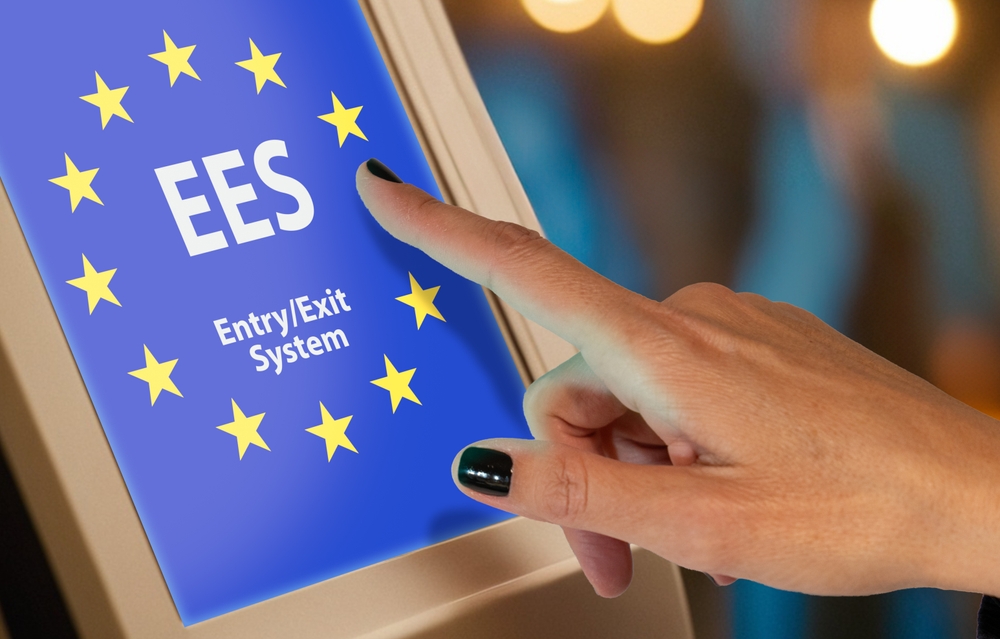Since October 12, the new European Union’s Entry/Exit System (EES) has officially entered into force, introducing an automated border control method for travellers from third countries. The system, designed to replace manual stamps on passports, will digitally record entrances and exits from the Schengen area, collecting biometric data such as fingerprints and facial images. The aim is to speed up controls and improve safety, but the full implementation of the system is planned only for April 2026.
EES covers those entering the European Union for short stays, up to 90 days in a period of 180, and applies to 29 countries, including Italy, France, Germany, Spain and Switzerland. For travelers who access the system for the first time will need to provide a face scan and fingerprints; for who is already registered, instead, it will be enough to confirm the information. The collection will take place at the terrestrial, air and maritime border crossings, and will gradually replace manual controls so far in use.
The system should not be confused with the ETAS, the electronic travel authorization that will enter into force later and which will require an online prior registration. The EES, on the other hand, is limited to automatically record entry and exit movements, allowing authorities to more accurately monitor visitor stay periods and identify any stays beyond the permitted limits. Those who pass the 90-day limit are likely to be repatriated according to the 2008 Repatriation Directive and to incur a ban on entry.
According to the European Commission, the data collected by EES include those contained in the passport, date and place of entry and exit, the image of the face and fingerprints. Any input waste is also recorded. Information will be kept in a centralized archive, accessible to border authorities in the Member States. The EU specifies that the system complies with the General Data Protection Regulation (GDPR) and that travellers may request the correction of any errors or erasure of their data in the event of unlawful processing.
To use automatic kiosks and self-service systems you will need a biometric passport, while traditional ones will remain valid but will require control by an agent. The introduction of EES is one of the main steps towards digitization of European borders, a process aimed at standardising entry procedures and improving the management of travel flows in view of the start, in the coming years, of the ETIAS system.
L’articolo The European Union has started recording the biometric data of foreign travellers proviene da IlNewyorkese.






